“A big fat book of photographs from Vancouver – it went all over the world. It was like: Ah ha! In modern photography there’s Vancouver – the BC Almanac. It accepted everything from salon photography to a poet’s snapshots.”
– Gerry Gilbert describing the BC Almanac to students at the Emily Carr Institute of Art and Design in 1989
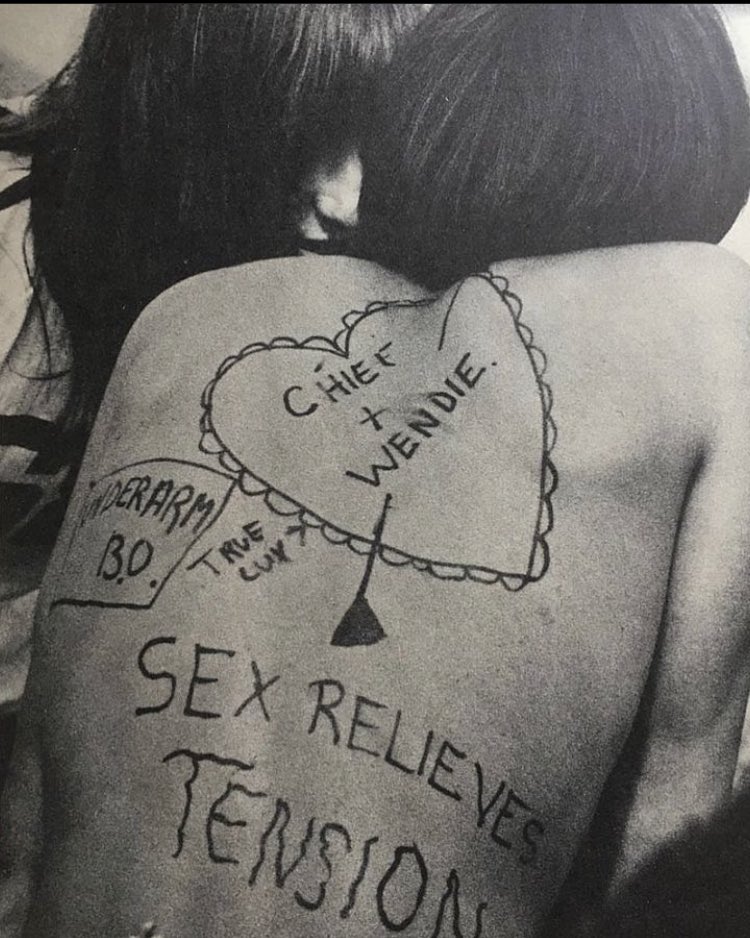
Peter Thomas BC Almanac, 1970
The B.C. Almanac(h) C-B is an anthology of 15 individual West Coast Canadian artists’ booklets, and an exhibition of the same title. Commissioned by the National Film Board of Canada Still Division in 1970, the project was created, designed and produced by Jack Dale and Michael de Courcy. Funded by $17,127 of government money, the artists could photograph whatever they wanted. Some of the artists were working with cameras for the first time.
de Courcy delivered the brief:
A photographic exhibition where the catalogue was the artwork.
A photography show in which there were no original photographs on the wall.
B.C. Almanac(h) C.-B. was bound in two versions: a folio of 15 individual booklets by the “artists with cameras” printed on newsprint paper; and the same booklets bound into one complete 435-page volume.
As de Courcy says of the resulting collection of images:
Take pictures of naked pregnant women, make erotica, document abortion-rights and anti-war protests, draw on the face of a photo, not defacing it but treating it as a comic strip, create portfolios of random objects like: truck fronts, foliage, “piles of stuff,” and photograph an LSD trip with friends romping nude on a remote Gulf Island in the Salish Sea.
All of this and more was contained in 1600 photographs printed on newsprint in a 435- page book, selling in 1970 in bookstores, BC Ferries, airports and train stations across Canada, for $6.95.
“They felt like they were sort of on the cutting edge and photography was right there ready to use as an art form to record these changes,” de Courcy added in 2015 . “It was a lifestyle manual in fact for that era.”
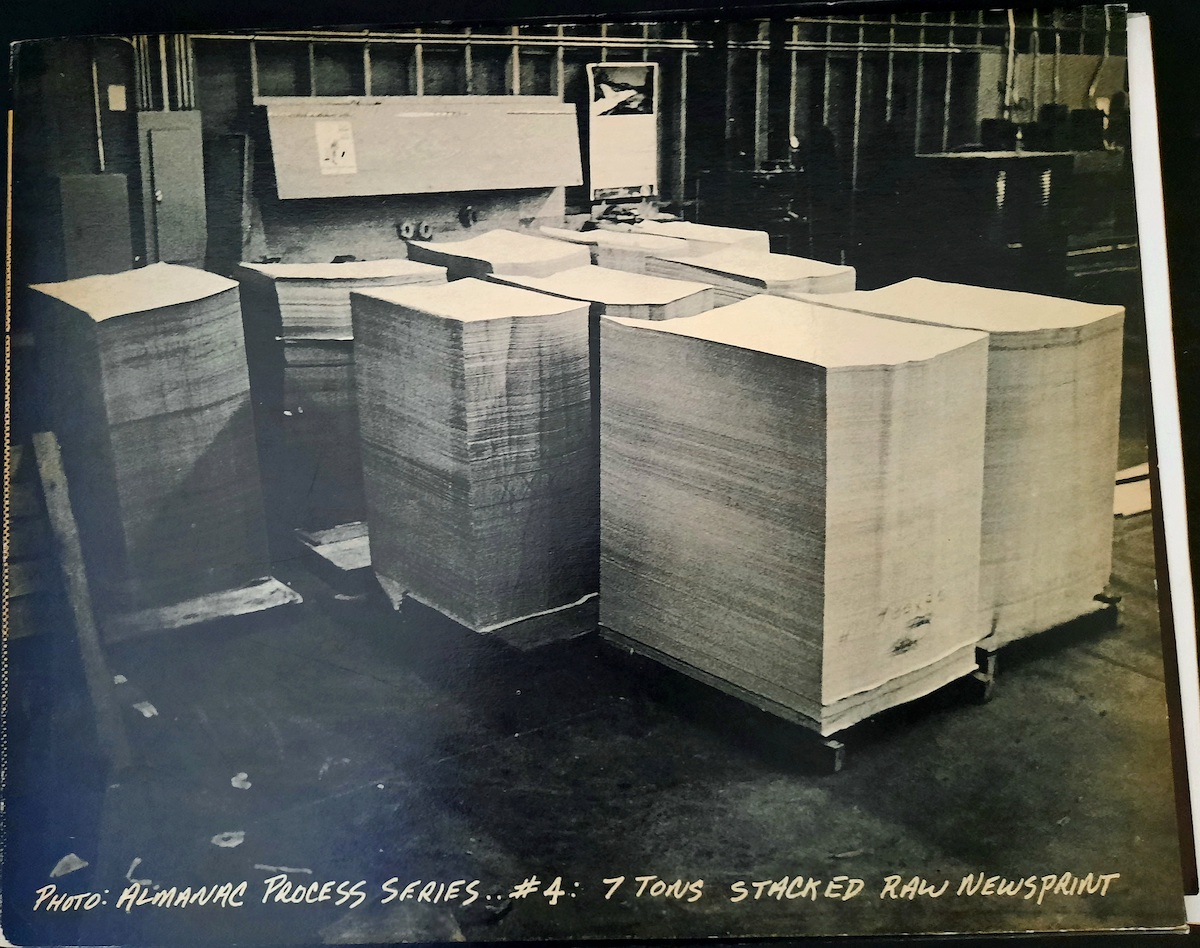
The show included photographs by the artists: Jack Dale, Michael de Courcy, Christos Dikeakos, Judith Egglington, Gerry Gilbert, Glenn Lewis, Taras Masciuch, Michael Morris, N.E. Thing Co. Ltd., Roy K. Kiyooka, Jone Payne Timothy Porter, Peter Thomas, Vincent Trasov, and Robertson Wood.
“Apart from several examples of the camera-ready manuscript pages there were no original photographs in the show,'” de Courcy writes. “The art on the walls consisted of scaled down photographic reproductions of pages from the book. The central space of the gallery was given over to a monumental stack of cardboard boxes containing hundreds of the printed Almanacs along with a video monitor playing a looped audio and video montage created from material captured and submitted by each of the almanac artists as part of their story. The installation was as much a book launch as it was an exhibition.”
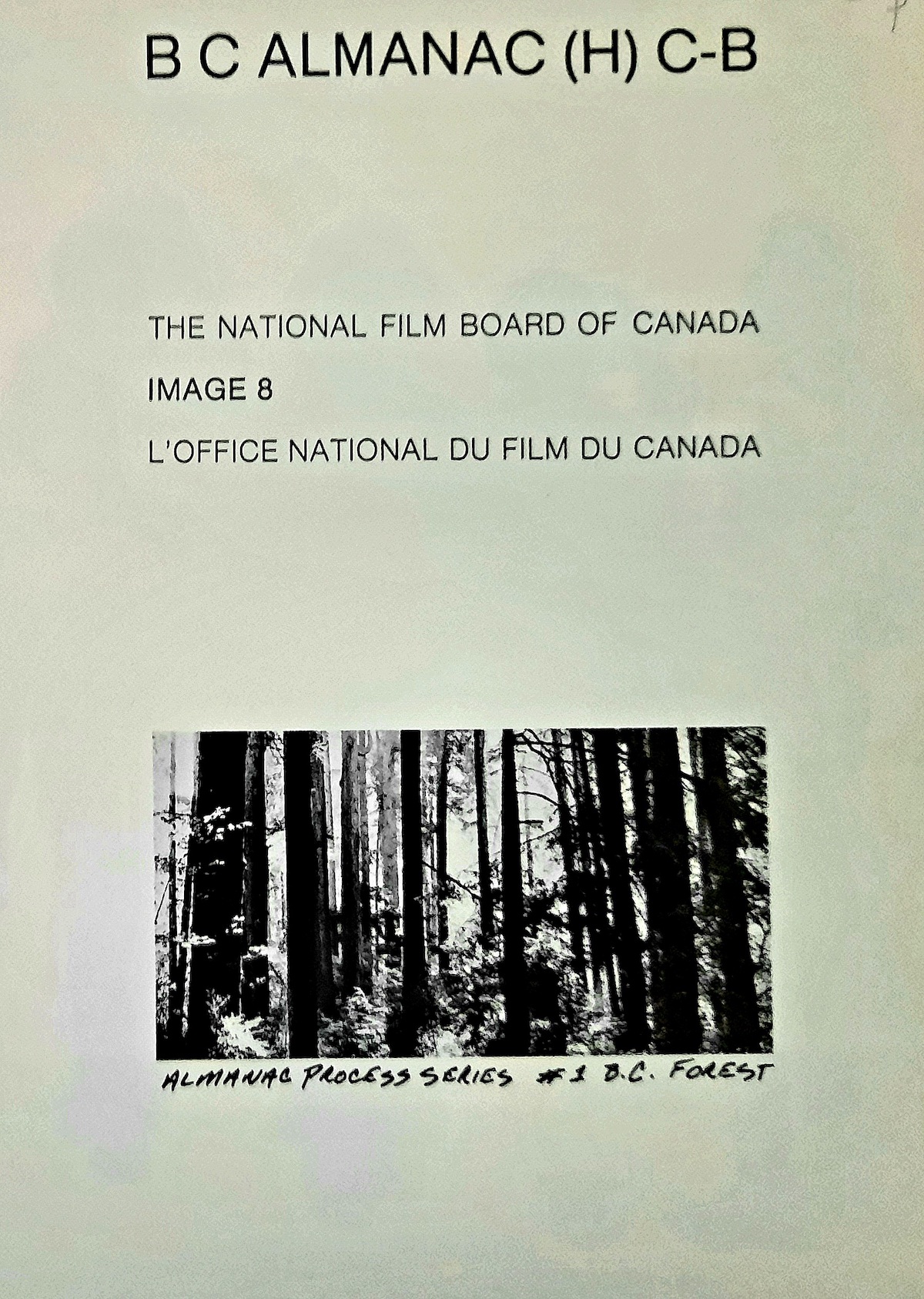
“On the gallery walls, instead of the glossy originals to which the book would be secondary, are only photographs of the book pages; looking at this “exhibition” produces, if anything, a desire to see the books themselves. Thus the true nature of the camera art is recognized: the reproduction for mass distribution comes first, and the “photograph as object” is only a record of it.”
– Barry Lord, artscanada magazine (February to March 1971)
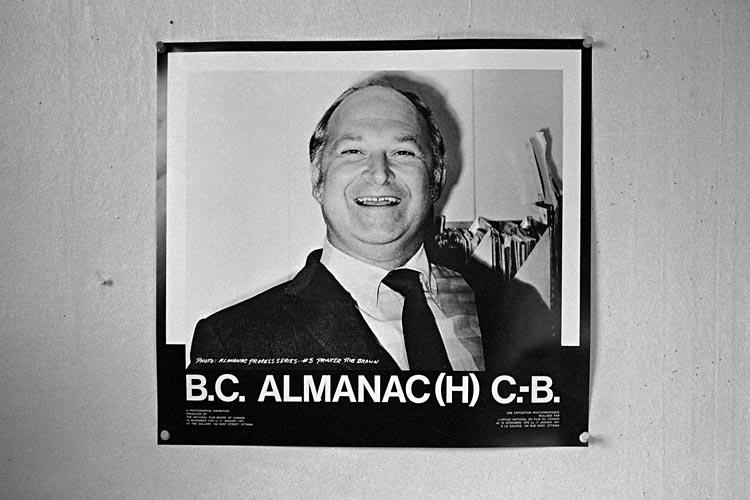
Printer Robby Brown, Show Poster, 1970
The paper was a key part of the vision.
“A lot of sort of the conventional photographers working in Vancouver at the time wouldn’t be interested in the far out ideas we had of publishing instead of exhibition, and giving everyone access to their own little booklets and printing it on newsprint – that was very radical too because everyone knows that newsprint doesn’t give you the highest resolution images,” says de Courcy.
“But we chose to do that because we wanted it to kind of look like a mass produced object, like a comic book or something like that.”
The printer’s role was paramount. Lord added:
“The artists also wanted to use the smiling face of their printer as the photo for the show’s poster, but Film Board director Sydney Newman, who allowed plenty of pubic hair and nipples and pregnant nudes in the show and the book, censored this head-and-shoulders shot of the grinning Rob Brown, on the grounds that it would harm the Board’s public image. “Liberal” values and “good taste,” in art as in government remain the enemy.”
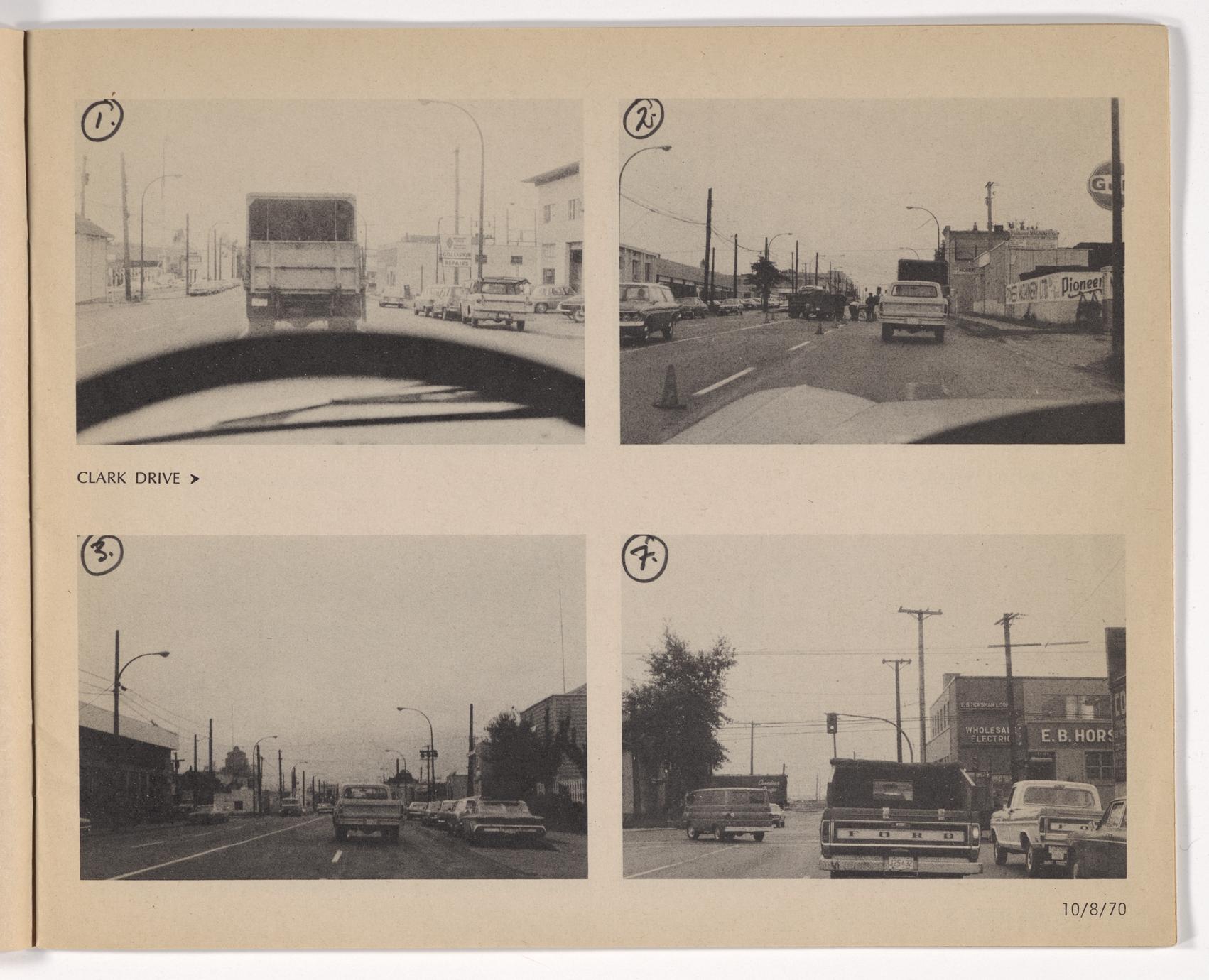
By Chrisos Dikeakos
Brown had played a key role in the project. Joan Lowndes told reader of The Vancouver Sun: Thursday, April 8, 1971:
Many of the photos are experimental: there are inserts, overlays, blurred moving figures. Newspapers would reject them outright But Robbie Brown, working with special inks to permit maximum contrast in black and white, allowed the photos to come to life with a richness and subtlety one would not have believed possible on this type of paper.
As a tribute to him the artists put his smiling face on the poster for their premiere showing last November in the Photo Gallery of the National Film Board in Ottawa. Oddly enough in all the fracas about nudity in certain scenes, it was in the end the poster that was rejected by the National Film Board. As one of those who had fought the censorship battle said to me wearily at the time: “Oh I guess they had to say ‘No’ to something.”
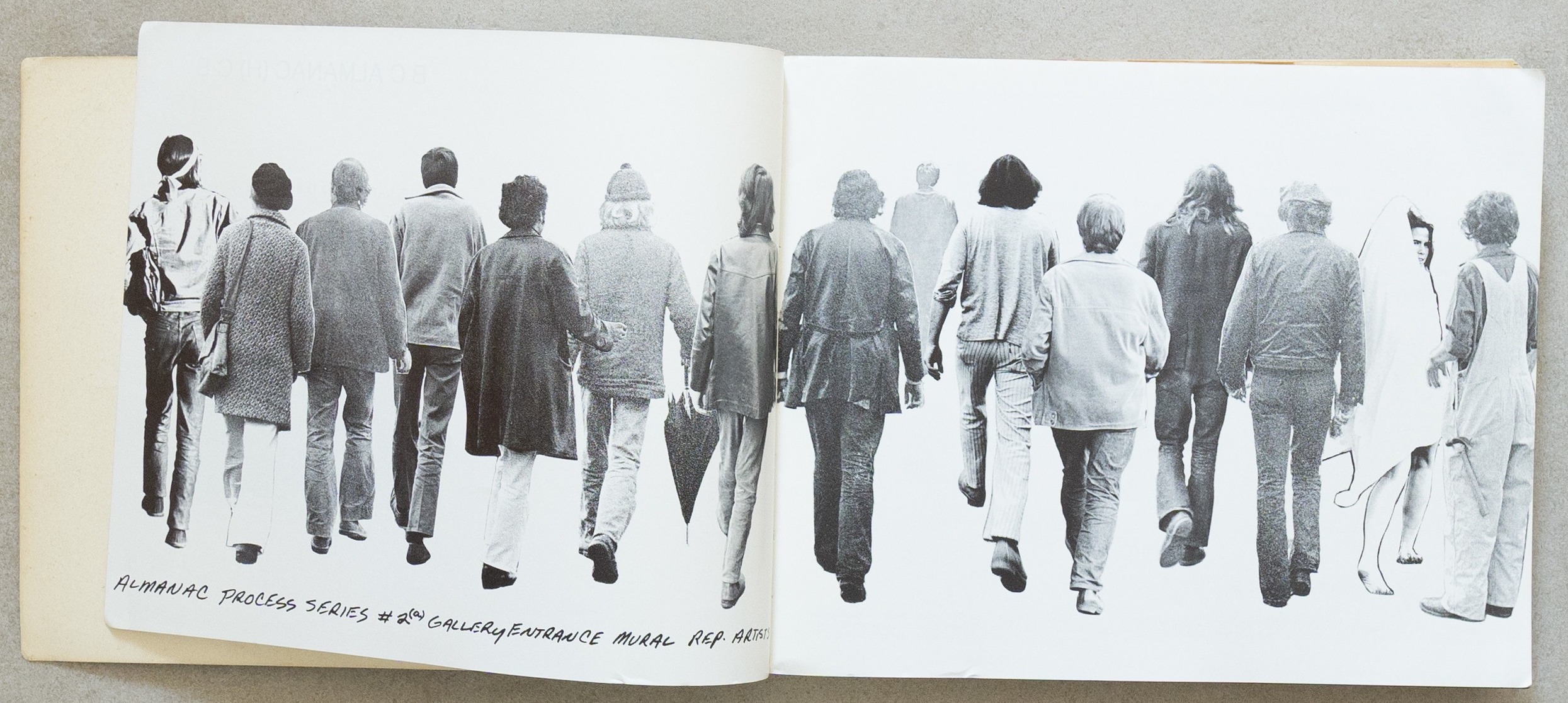
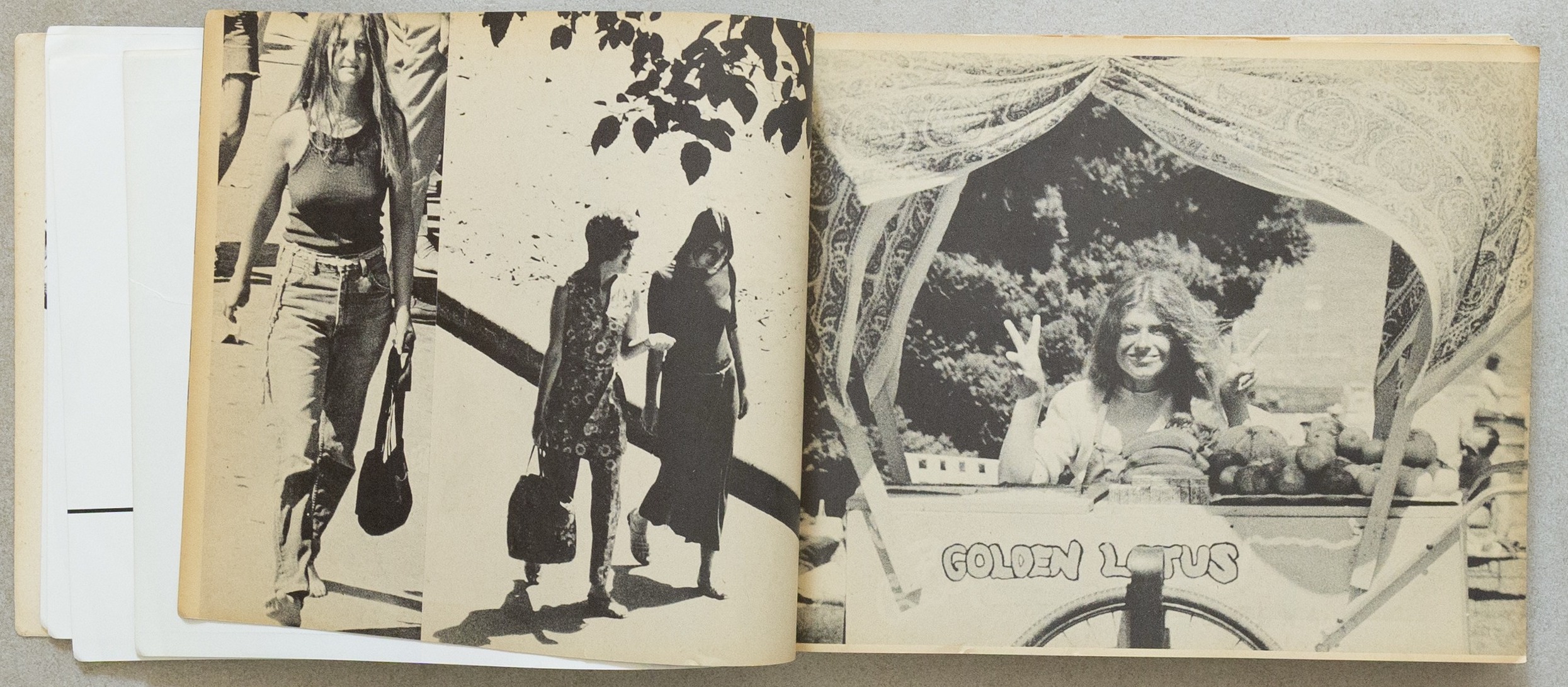
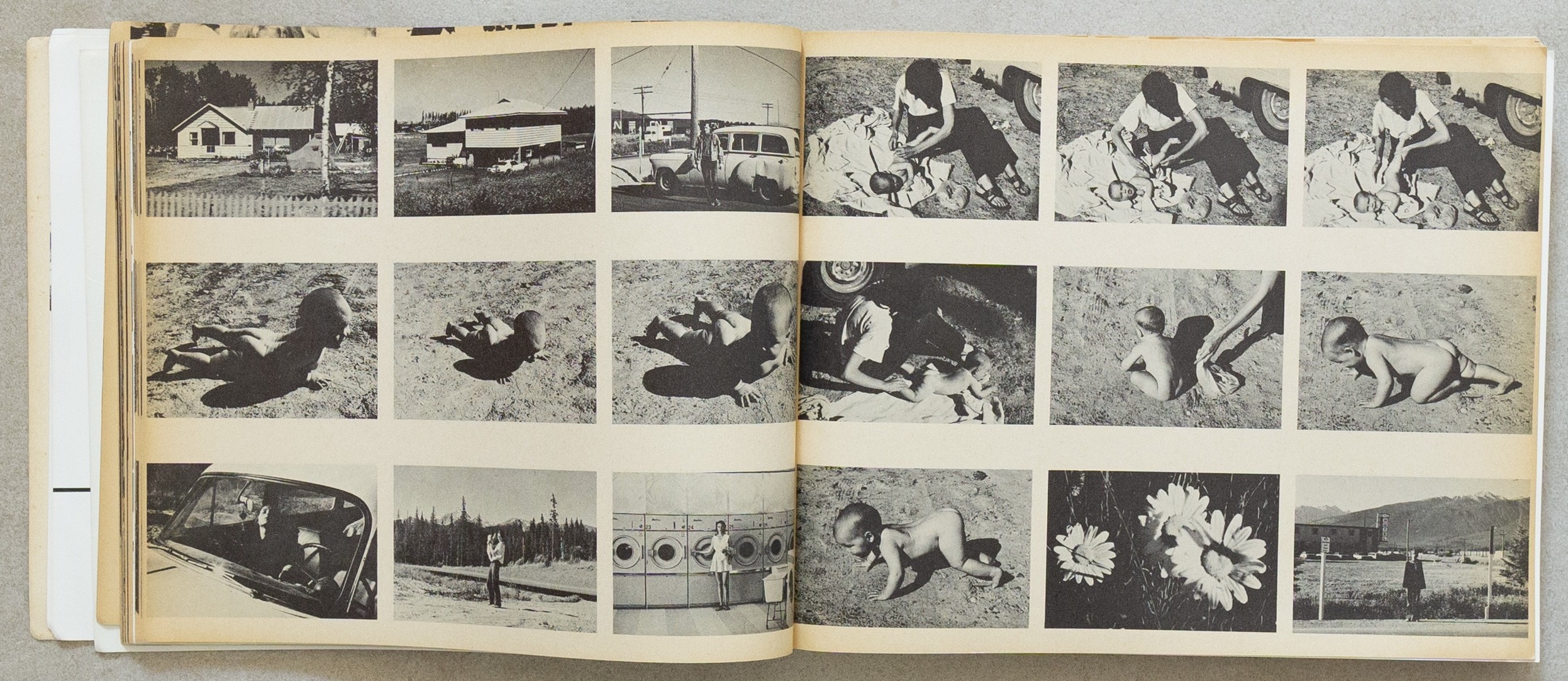
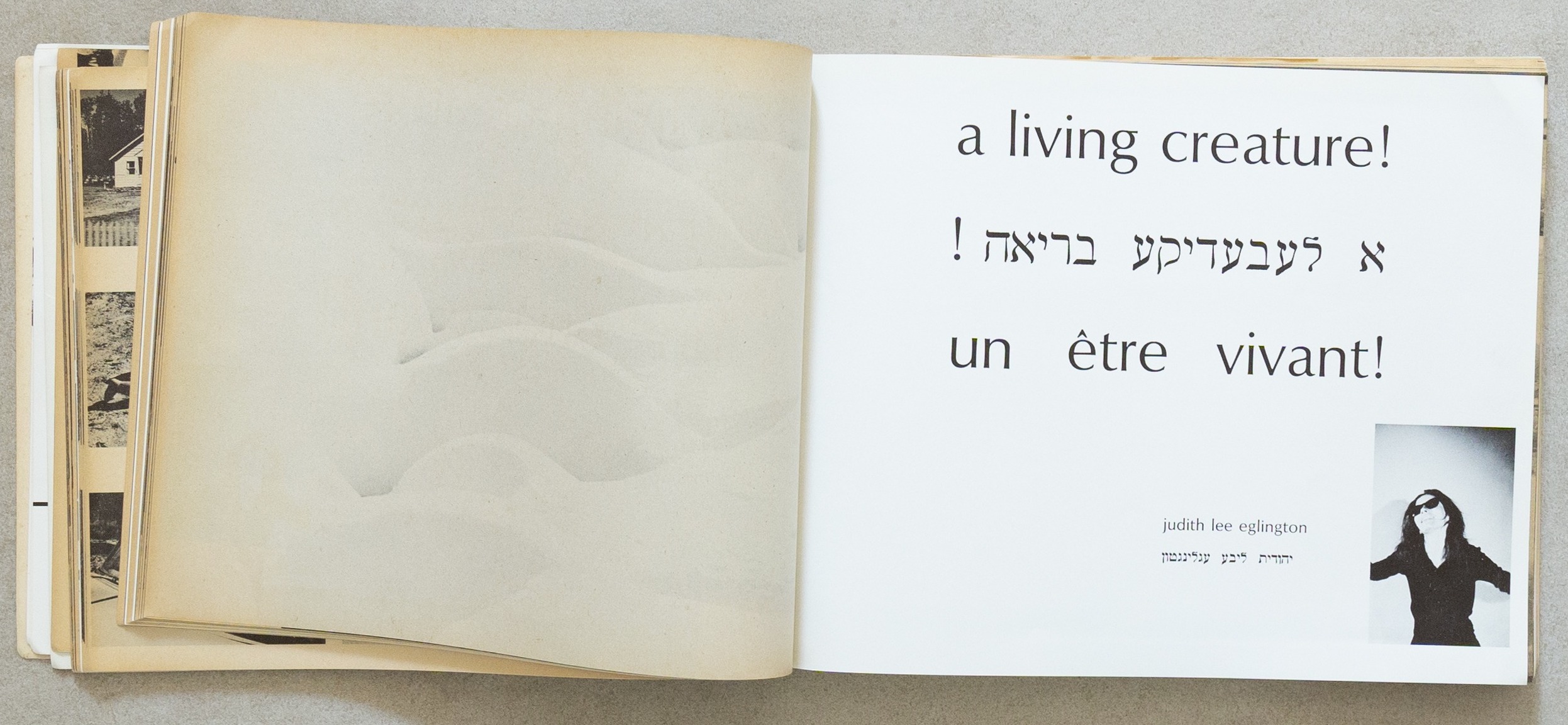
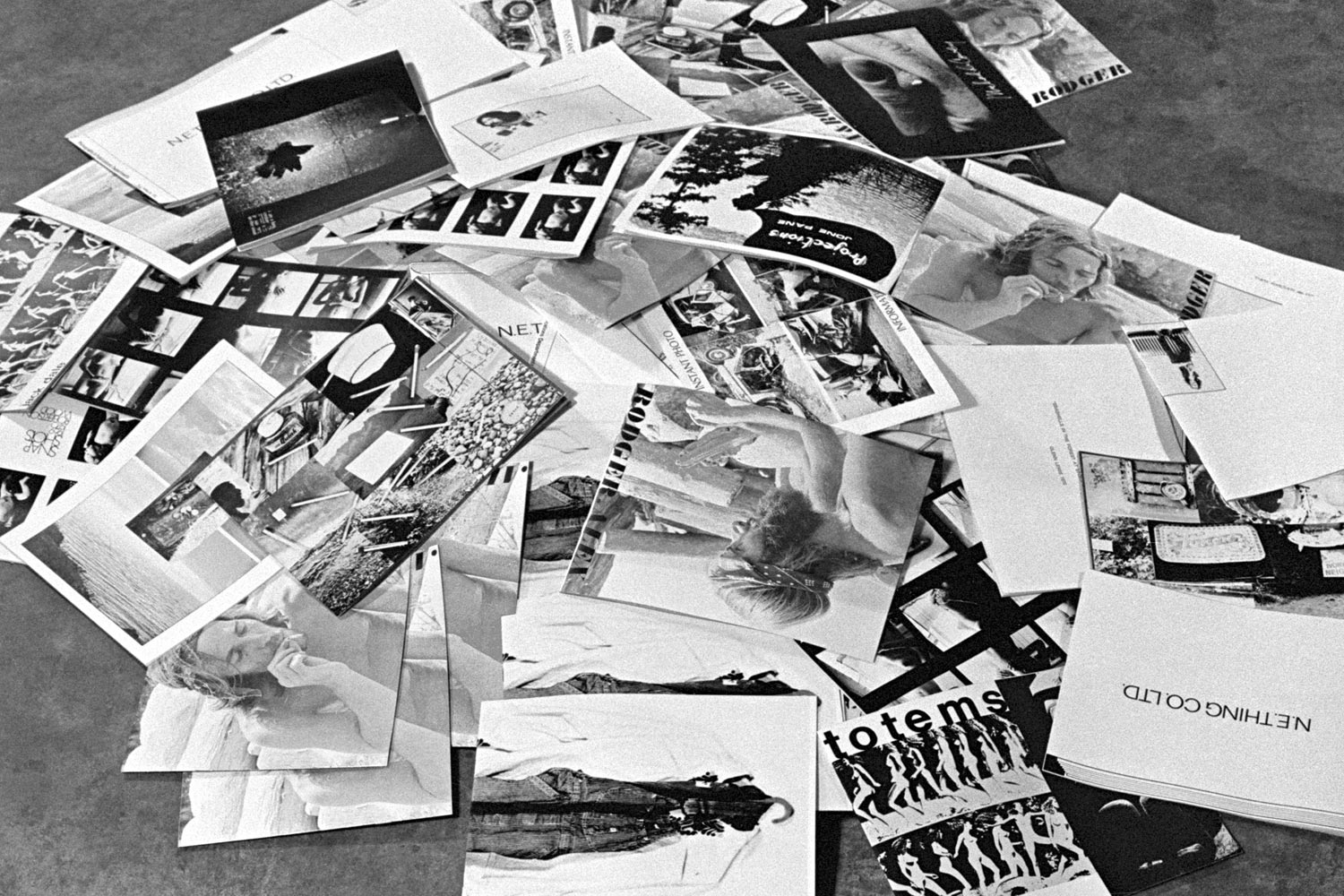
Via: TheClassicPhotoMag, MichaeldeCoursy
Would you like to support Flashbak?
Please consider making a donation to our site. We don't want to rely on ads to bring you the best of visual culture. You can also support us by signing up to our Mailing List. And you can also follow us on Facebook, Instagram and Twitter. For great art and culture delivered to your door, visit our shop.


